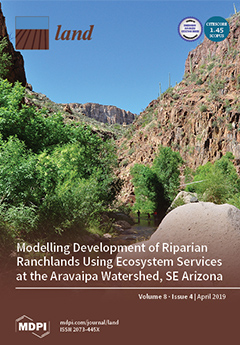Assessment of Land Cover Change in Peri-Urban High Andean Environments South of Bogotá, Colombia
Bogotá, the rapidly growing center of an emerging economy in the northern part of South America, is located within a biodiversity hotspot in the tropical Andes. The surrounding mountains harbor the ecosystems Páramo and Bosque Altoandino whose high water retention capacity serves as a “natural water tower” for the city’s freshwater supply. Since Bogotá is steadily growing, the city spreads into its peri-urban area, thus threatening its proximal ecosystems.






